In a gearhead context, the letters N-O-S mean two different things to two entirely different camps.
For the high performance and racing crowd, NOS is shorthand for nitrous oxide, a well-known power adder for grin-inducing acceleration.
But for restoration purists, the letters NOS give you another reason to smile.
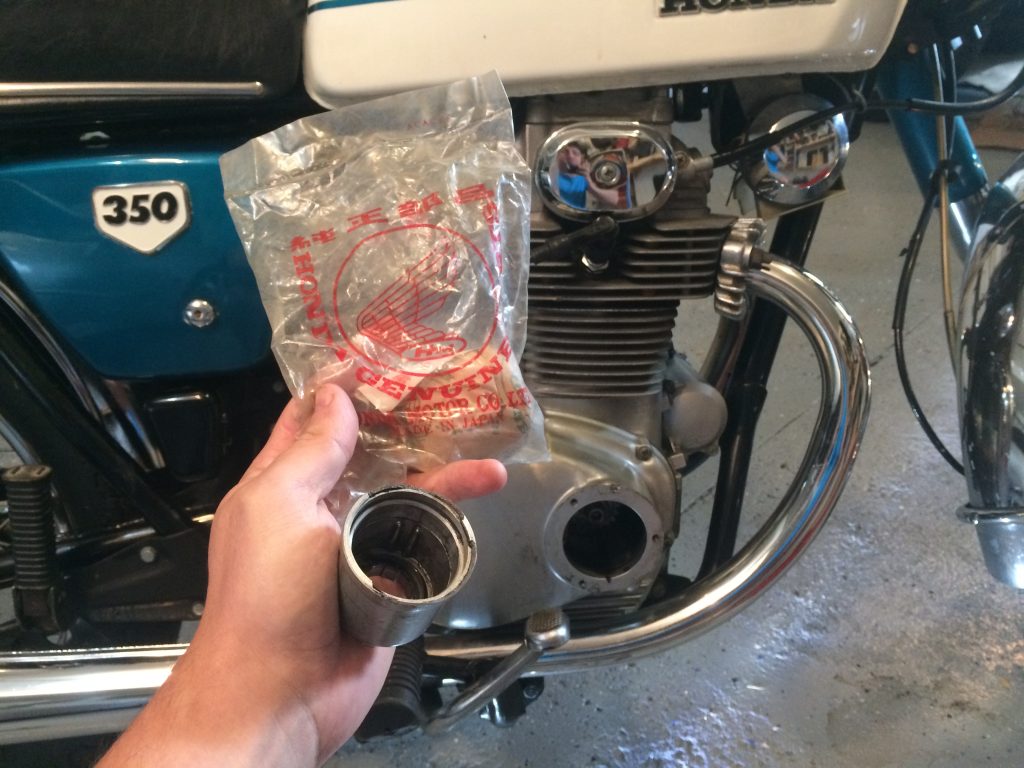
That’s because NOS stands for “New Old Stock,” which is a fancy way of saying that, even though the parts are really old, they’re still essentially brand new.
In other words, the part was packaged and shipped, but never sold to the public and/or opened by the buyer.
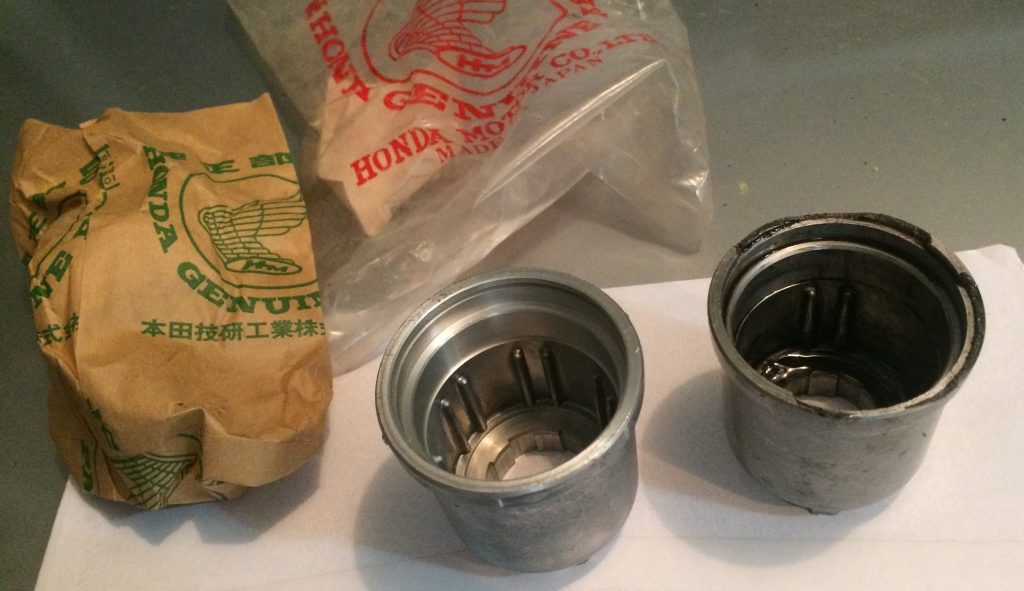
New old stock parts are often discovered in a forgotten box in the corner of a warehouse, or stuffed in an attic—only to be found years, if not decades later. Maybe a shipment was lost or something was purchased and not needed, resulting in rare vehicle parts quietly waiting to be stumbled upon by some lucky enthusiast.
It’s the stuff of gearhead dreams.
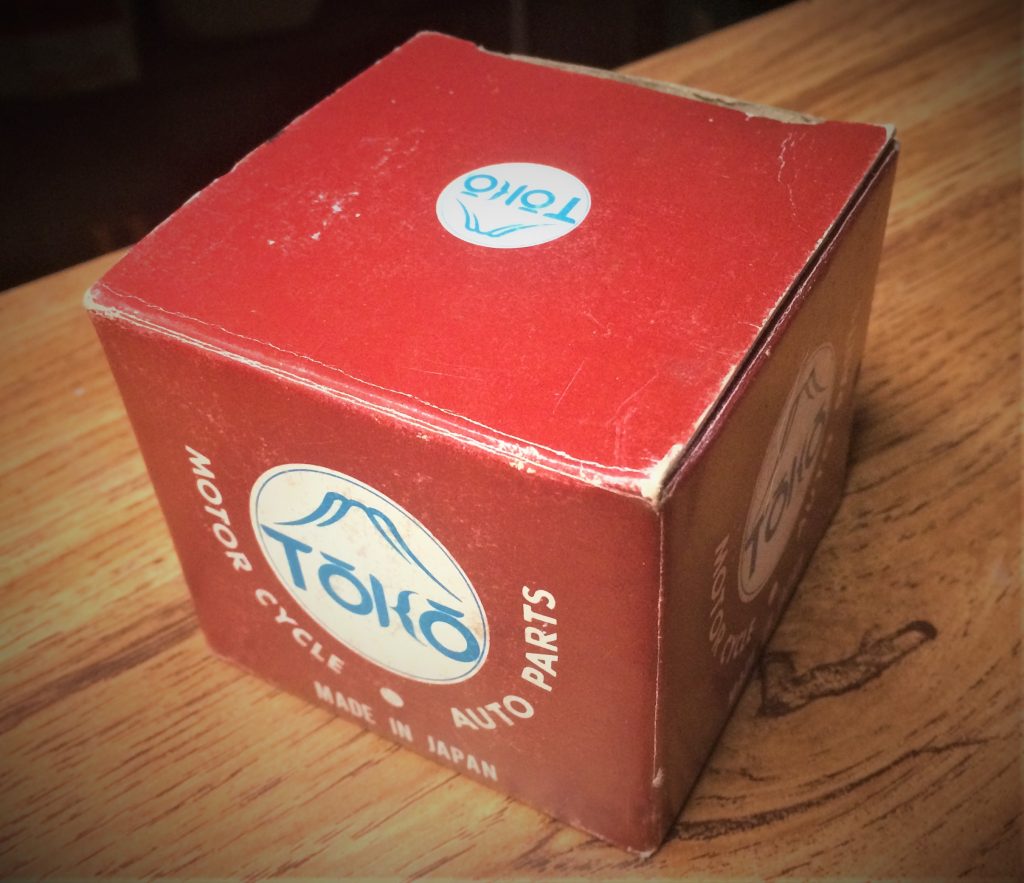
Why Did NOS Parts Become Such a Big Deal?
While nowadays it can be easy to get high quality restoration parts, not too long ago, finding a rare NOS part at a swap meet was the equivalent of, say, 500 gearhead Christmases.
Automotive restorers prize NOS parts since they were obviously made in the same factory as the originals—because they are originals, right on-spec, down to the stamping marks and finish. That means they’ll fit right, work right, and perhaps most importantly, look right when they’re used in a vehicle restoration.
There’s also a little thrill to opening a package that was sealed years ago. Unboxing something as mundane as a hardware kit suddenly becomes a fascinating bit of automotive archeology as you start to pull out ancient packing slips and dusty invoices.
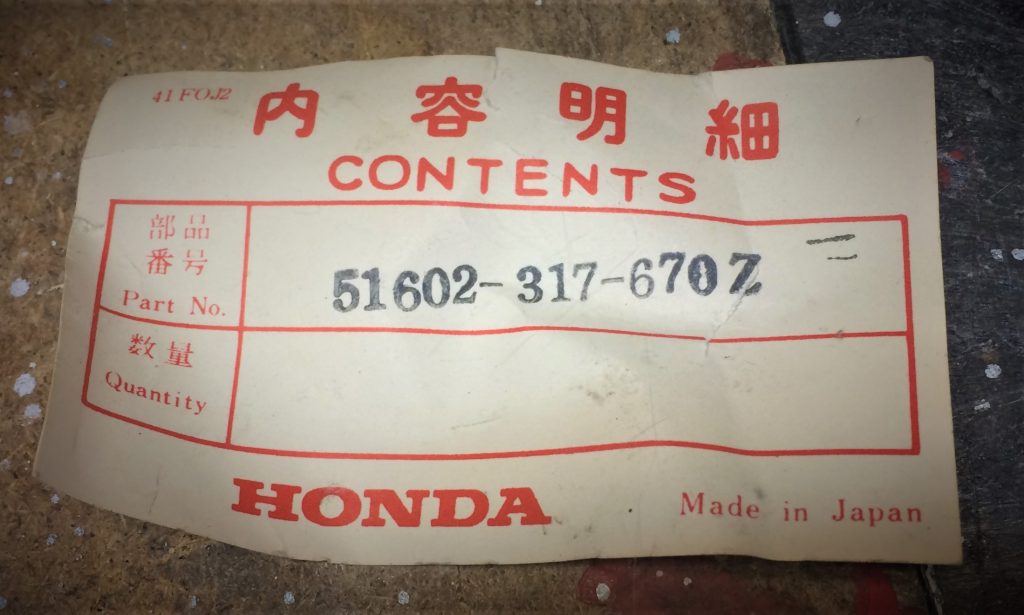
What Qualifies as a NOS Part?
While opinions differ on some of the more nuanced guidelines for calling something New Old Stock, it typically means the part is brand new and comes in its original, unopened packaging.
And we’d argue that it doesn’t necessarily have to be a part from the original automaker, either.
Aftermarket accessories like luggage racks, performance upgrades, steering wheels, radios, and custom gauges are often highly prized by collectors and restorers alike—particularly those going for a period-correct or “Day Two” look.
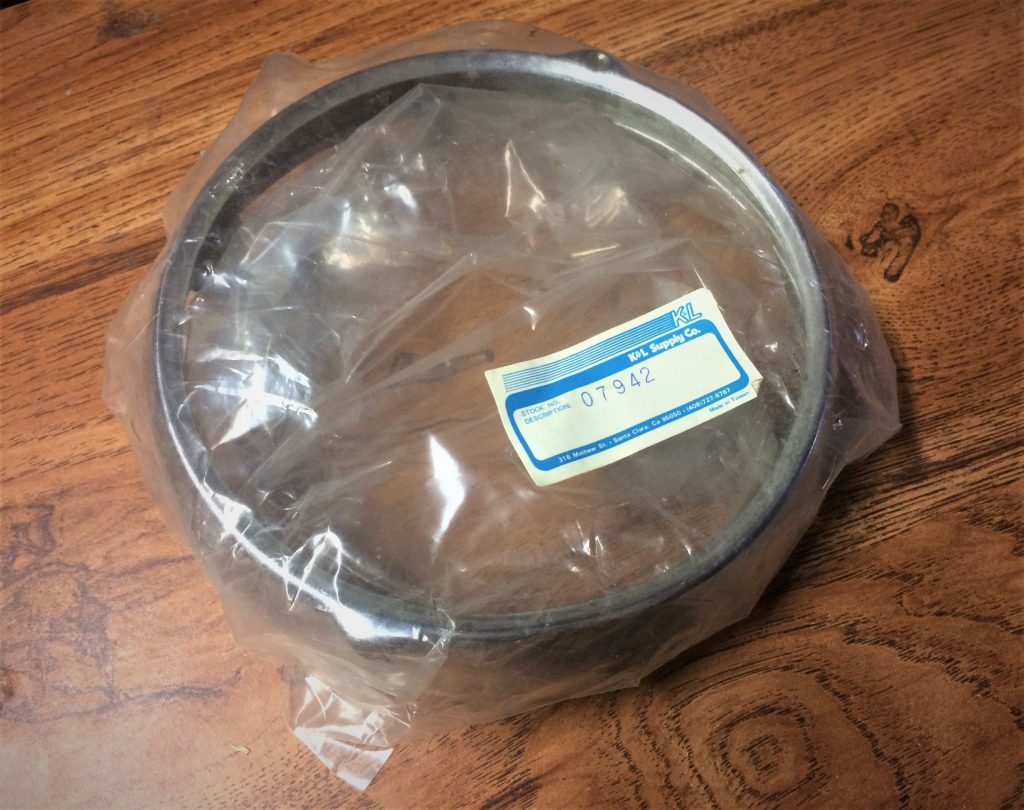
A Few Words of Caution on NOS Parts
Though new old stock parts can have plenty of upside, it’s important to consider some inherent hazards.
Just because it’s “New” in the technical sense, don’t assume a NOS part will work perfectly when you install it. While a hard component (like metal throttle linkage, an intake manifold, or trim) will likely be ok, other pieces won’t withstand the rigors of time as well.
Rubber shrinks, plastic degrades, and adhesives lose their stickiness. That could result in a minor annoyance like a weeping gasket or mild discoloration, yet it sometimes manifests as a far more serious issue. In fact, we’ve heard stories of old brake shoe linings separating from backing plates and fuel shooting past crumbling O-rings. So be sure to inspect the part thoroughly before installing.
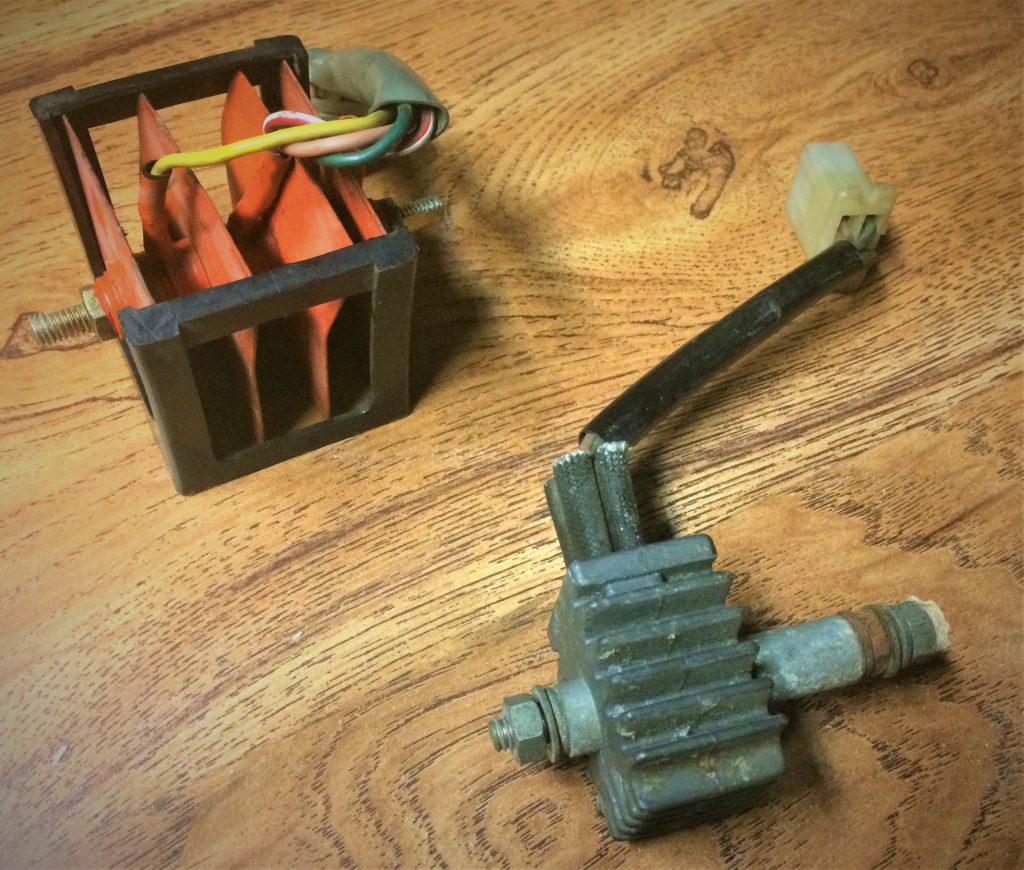
NOS electrical bits are particularly problematic. Wire insulation can become brittle and decay, discrete components like resistors and capacitors can fail, and connectors can loosen—all simply due to age. Even more significant, the part itself may be obsolete, superseded by a more reliable, efficient component that came about as technology evolved after the NOS part was made.
And it almost goes without saying…but you’d certainly want to avoid NOS tires. Again, rubber degrades and hardens with age, which seriously impairs the tires’ ability to grip and hold air.
Are NOS Parts Still Out There?
That’s what makes this aspect of the hobby so darn interesting—there are undoubtedly unsold vintage Edelbrock manifolds, Stewart Warner gauges, and OE-spec emblems sitting in a forgotten warehouse or dark attic space somewhere. We just have to wait for someone to find them.
And with the advent of the internet, we don’t even have to scour swap meets anymore.
Though where’s the fun in that?
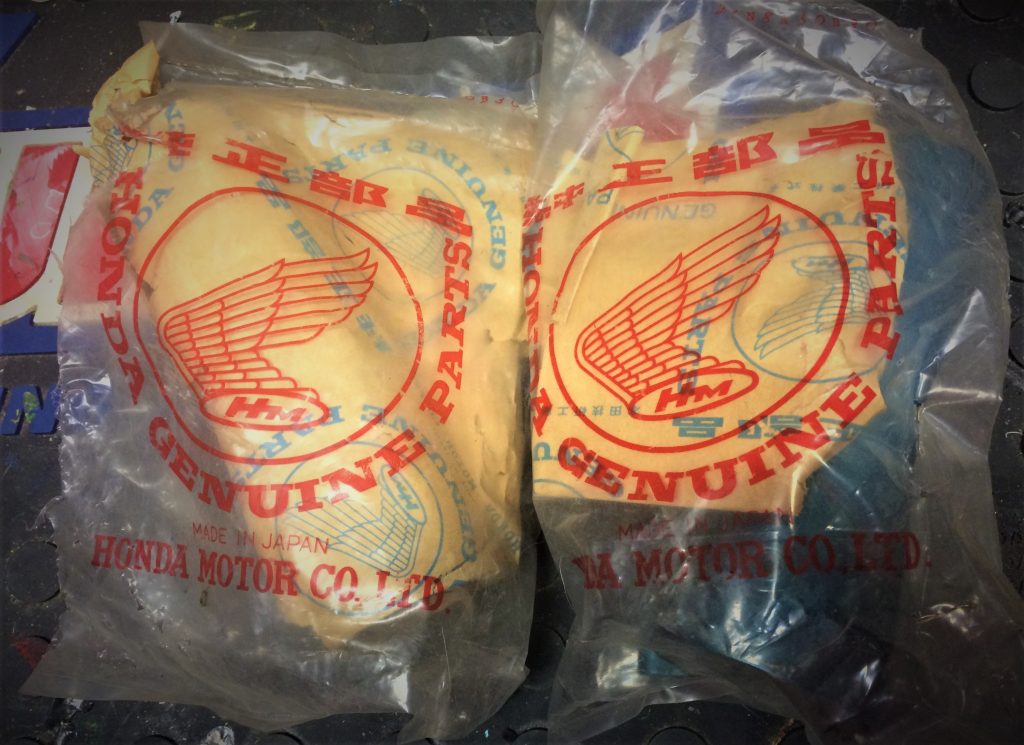

Comments